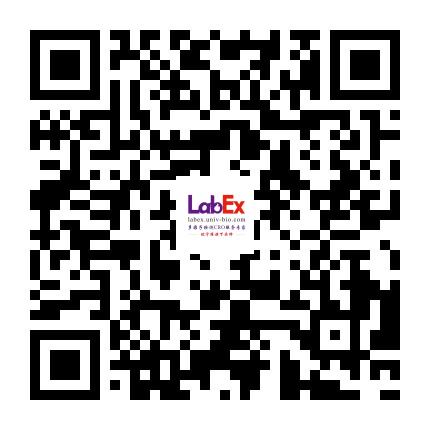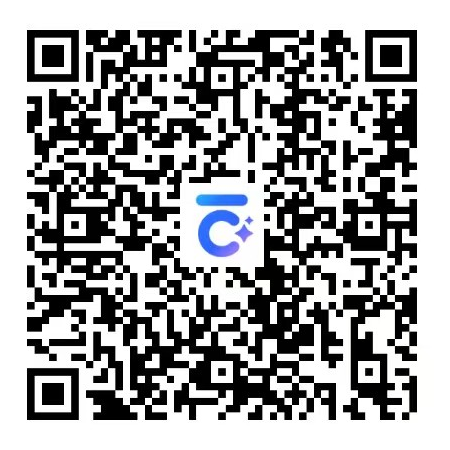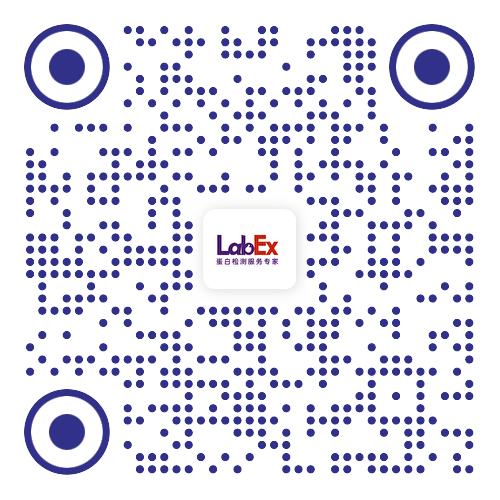Intestinal Epithelial Cells Express Immunomodulatory ISG15 During Active Ulcerative Colitis and Crohn's Disease
Human intestinal organoid; ISG1; innate immunity;克罗恩病;肠炎- J Crohns Colitis
- 8.7
- 14(7):920-934.
- Human
- Luminex
- 消化系统
- 消化系统
- 上皮细胞
- 肠炎
- 6Ckine/CCL21,BCA-1/CXCL13,CTACK/CCL27,ENA-78/CXCL5,Eotaxin/CCL11,Eotaxin-2/CCL24,Eotaxin-3/CCL26,Fractalkine/CX3CL1,GCP-2/CXCL6,GM-CSF,GRO-α (Gro-a/KC/CXCL1),Gro-β/CXCL2,I-309/CCL1,IFN-γ,IL-1β,IL-2,IL-4,IL-6,IL-8/CXCL8,IL-10,IL-16,IP-10/CXCL10,I-TAC/CXCL11,MCP-1/CCL2,MCP-2/CCL8,MCP-3/CCL7,MCP-4/CCL13,MDC/CCL22,MIF,MIG/CXCL9,MIP-1α/CCL3,MIP-1δ/CCL15,MIP-3α/CCL20,MIP-3β/CCL19,MPIF-1/CCL23,SCYB16/CXCL16,SDF-1α+β/CXCL12,TARC/CCL17,TECK/CCL25,TNF-α
- doi: 10.1093/ecco-jcc/jjaa022.
相关货号
LXLBH40-1
Abstract
Aim: Intestinal epithelial cells [IECs] secrete cytokines that recruit immune cells to the mucosa and regulate immune responses that drive inflammation in inflammatory bowel disease [IBD]. However, experiments in patient-derived IEC models are still scarce. Here, we aimed to investigate how innate immunity and IEC-specific pattern recognition receptor [PRR] signalling can be involved in an enhanced type I interferon [IFN] gene signature observed in colon epithelium of patients with active IBD, with a special focus on secreted ubiquitin-like protein ISG15. Methods: Gene and protein expression in whole mucosa biopsies and in microdissected human colonic epithelial lining, in HT29 human intestinal epithelial cells and primary 3D colonoids treated with PRR-ligands and cytokines, were detected by transcriptomics, in situ hybridisation, immunohistochemistry, western blots, and enzyme-linked immunosorbent assay [ELISA]. Effects of IEC-secreted cytokines were examined in human peripheral blood mononuclear cells [PBMCs] by multiplex chemokine profiling and ELISA. Results: The type I IFN gene signature in human mucosal biopsies was mimicked in Toll-like receptor TLR3 and to some extent tumour necrosis factor [TNF]-treated human IECs. In intestinal biopsies, ISG15 expression correlated with expression of the newly identified receptor for extracellular ISG15, LFA-1 integrin. ISG15 was expressed and secreted from HT29 cells and primary 3D colonoids through both JAK1-pSTAT-IRF9-dependent and independent pathways. In experiments using PBMCs, we show that ISG15 releases IBD-relevant proinflammatory cytokines such as CXCL1, CXCL5, CXCL8, CCL20, IL1, IL6, TNF, and IFNγ. Conclusions: ISG15 is secreted from primary IECs upon extracellular stimulation, and mucosal ISG15 emerges as an intriguing candidate for immunotherapy in IBD. Keywords: Human intestinal organoids; ISG15; innate immunity.
金课堂之文献解析 文献原文请点击
本网站销售的所有产品及服务均不得用于人类或动物之临床诊断或治疗,仅可用于工业或者科研等非医疗目的。











 沪公网安备31011502400759号
沪公网安备31011502400759号
 营业执照(三证合一)
营业执照(三证合一)


